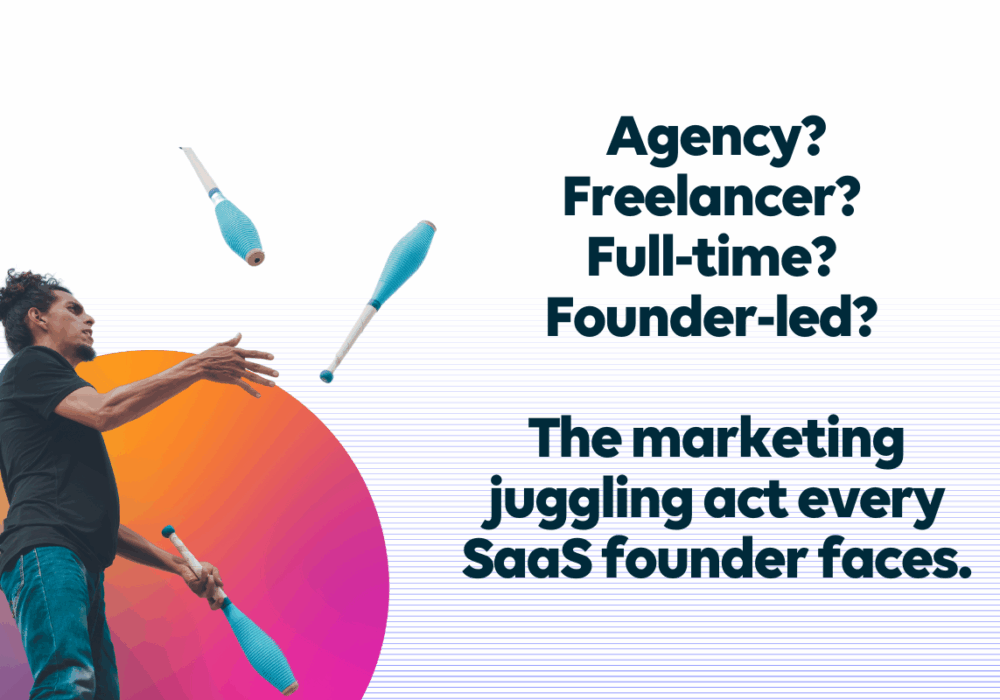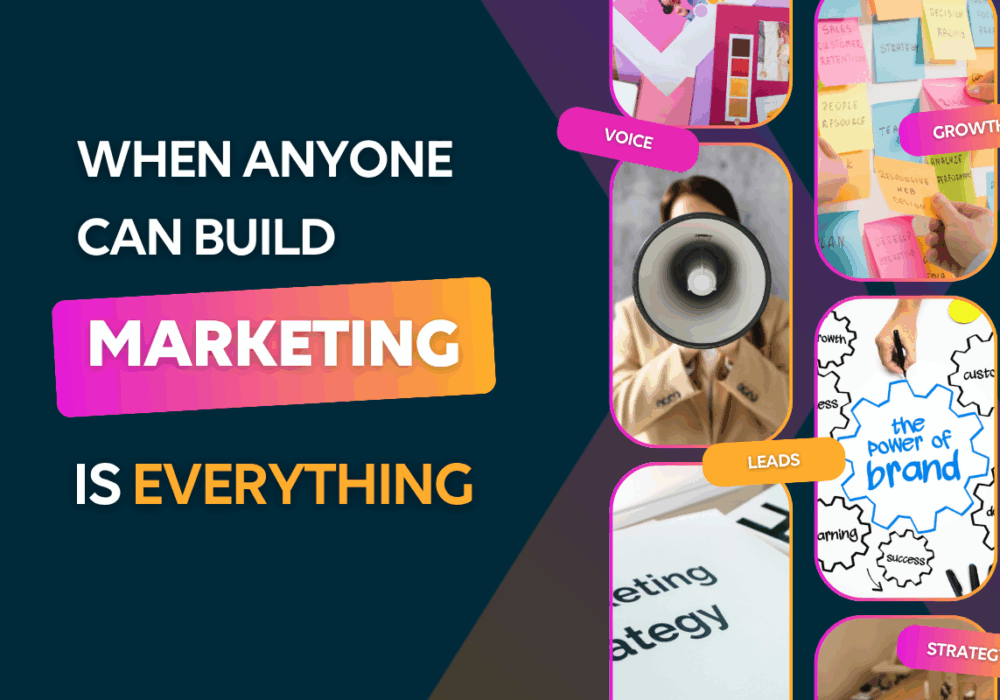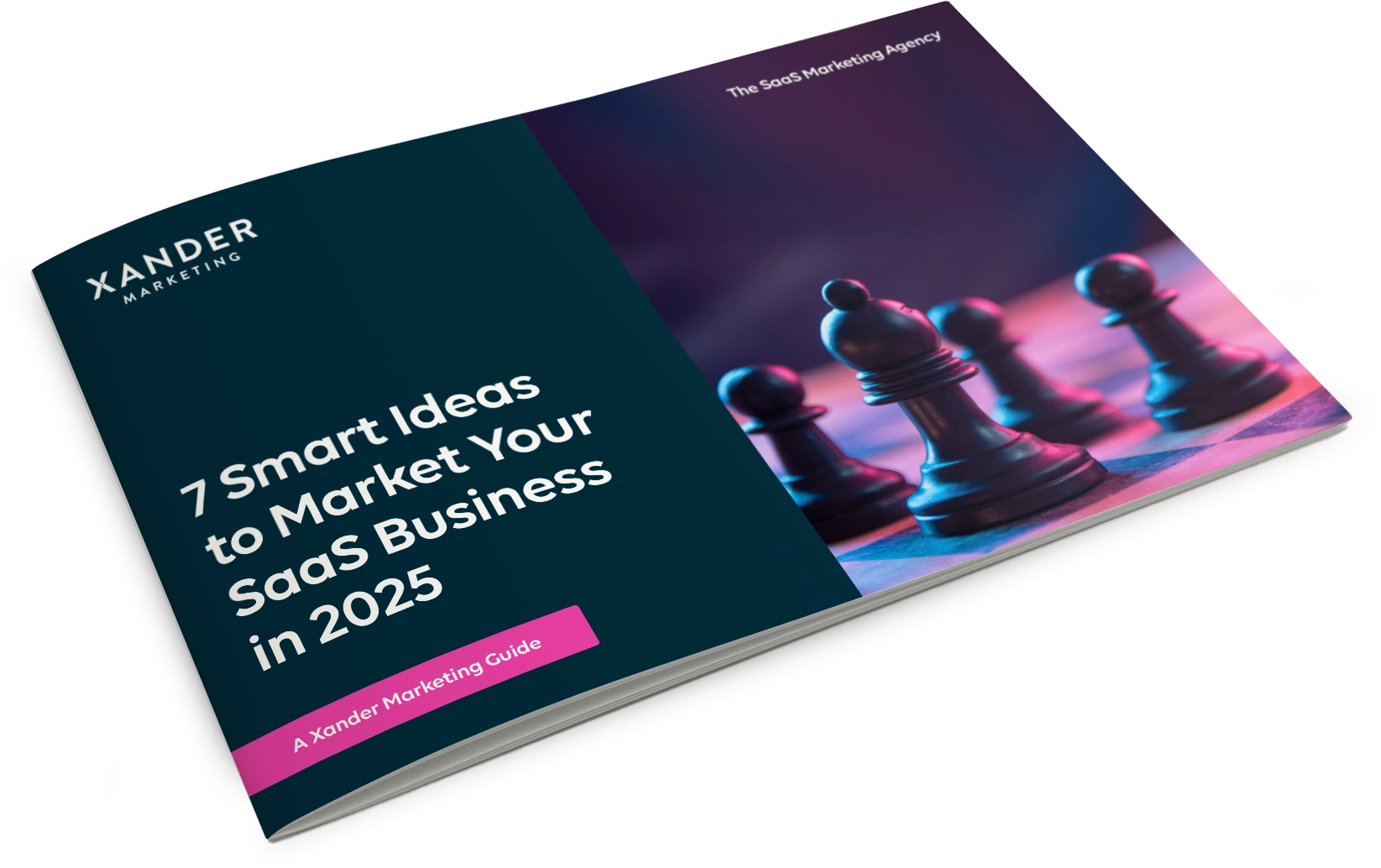How to Build a Scalable SaaS Marketing Stack
28th July 2022

The world of SaaS marketing is an ever-changing one, with businesses of all sizes working to adapt to new market trends, customer expectations, and software tools. As businesses grow, so does the amount of data they deal with, and the complexity of the processes they need to put in place.
Marketing technology, or martech, can ease the burden that rapidly-growing businesses face by automating processes and removing blockers. These software solutions save time and money, freeing up your marketing team to work on the next big campaign.
The tools become all the more specific when it comes to SaaS marketing. For example, the onboarding phase of the sales funnel offers challenges unique to the SaaS industry, and teams are constantly on the lookout for ways to streamline and automate the process.
While there’s a wide variety of tools available to SaaS businesses, it’s important to ensure that yours work fluidly together, supporting your team rather than introducing new issues. A well-built marketing stack should grow with your business, and be readily adaptable to work with your changing needs.
Read on to discover our guide to building a solid martech stack and creating a firm digital foundation for your future growth.
How Can A Martech Stack Benefit Your Business?
If you’re using Google Ads to boost your traffic and leads, WordPress to publish your content, or HootSuite to manage your social platforms, you’re already benefiting from martech. As a B2B SaaS marketer, you’re already familiar with the benefits that specialist technology can bring to a business.
The key, of course, is choosing the tools that are right for your needs, ensuring they work well together, and using them consistently to gain positive results. An optimised martech stack can help your team avoid repetitive tasks, allowing them to spend more time and effort on the creative tasks and specialist subjects they were hired for.
An integrated stack with data at its core can also help you understand customer behaviour and campaign success across platforms by sharing data insights between dashboards. A tool like ChartMogul can offer real-time SaaS business metrics, but the fact that it integrates with information from Google, PayPal, Stripe, and Quickbooks lends it even more power as part of a stack.
All-in-One or Best of Breed?
One key question to ask straight-up is whether your company will benefit best from an all-in-one solution or a custom suite of separate products.
All-in-one marketing solutions such as HubSpot are designed to take every aspect of your marketing workflow into account. By handling your social media, ad campaigns, site optimisation, and data reporting all from a single platform, you can save time while centralising your operations.
Taking the time to build a distinct stack of specific tools is the more scalable option, allowing you to switch out aspects of your stack as your requirements change.
Best of breed solutions are tried-and-tested products designed to do one job and do it well. Rather than settling for the generic reporting suite that comes with your all-in-one marketing product, you can shop around and find one built with businesses like yours in mind.
How to Build Your Scalable Martech Stack
Assess Your Needs
Before you start exploring the options available to you, it’s important to get a solid understanding of your requirements. This will stop you from investing in solutions that don’t quite meet your needs, and ensure that your whole team is served and supported by the stack you create.
Start by establishing your budget. Consider how much you’re currently spending on your marketing strategy, and ask where investing in martech can help you make savings. You can revisit this budget as your business grows, upgrading and altering your martech options to fit it.
Next, identify your primary marketing goals and long-term strategies. These should form the backbone of your martech stack, ensuring that you’re investing in where your business is going rather than where it is right now.
Explore the tools your team is currently using, and gather their feedback on how each tool serves their needs. Make a note of any particular pain points, and ask for suggestions on how new technology can help your coworkers meet their goals.
Visualise Your Processes
Work with your team to draw a pipeline of a typical campaign. This will help you visualise the processes each campaign calls for and the challenges they pose.
Mark each point at which a particular type of tool is needed. For example, at the onboarding stage you may note that you need to keep customers engaged with an email marketing tool and an in-product tour with tips for getting the most out of your service. A SaaS-specific tool like Intercom could be a good fit for this phase.
Research and Assess
Explore a range of potential tools, pay attention to customer reviews, and sign up for free trials wherever possible. Ensure that your team members all get a chance to use products during their trial period, and ask for feedback as to which are most useful.
While assessing your options, consider how well the tools will integrate. Will you be able to centralise data from your social media software, your email marketing tool, and your CMS to get an overall picture of a campaign’s success? Will your payment provider automatically “talk to” your revenue reporting tool?
Prepare and Adjust
Prepare to hit the ground running by compiling your existing files and data for easy transfer. This could include your list of existing leads, your workflow documents and time sheets, and your templates for content management.
This is also the time to help your team understand and own their new tools and processes. Consider asking one team member to take charge of exploring each new service, then give a presentation and create a how-to document for the rest of the team.
How to Maintain A Scalable Martech Stack
No matter how much thought goes into building your martech stack, you shouldn’t expect it to stay the same as your company grows. Rather than struggling to pick solutions that will last the lifespan of your company, opt for strong middle-term solutions and be prepared to audit your martech regularly.
Every quarter, examine how regularly each tool in your stack is used, and how effective your team is finding it. Encourage coworkers to come to you directly with any additional needs they develop, and work with them to find alternative solutions if certain tools no longer fit their needs. Where tools are working well for you, consider upgrading your subscriptions to maximise their potential. Throughout this process, it’s important to document your processes thoroughly, so you can quickly onboard new employees by showing them where and how your organisation utilises each tool.
Sustainable stacks do take time to maintain properly, but don’t worry. By partnering with a marketing agency like Xander Marketing, you can ensure that your stack is set up with the right tools for your business across its life cycle. Our experts can take stock of the tools you’re using most and those you need to replace, ensuring that your stack grows with you.
Automate Your Marketing Workflow with Xander Marketing
By listening to your team’s ongoing needs and regularly auditing the efficiency of your stack, you can build a dynamic set of tools that will work seamlessly with your unique SaaS marketing strategy.
At Xander Marketing, we’ve been experimenting with marketing software since our inception. We’re not tied to any products, so we can give independent advice that’s specific to your business requirements and our years of experience.
Ready to create a streamlined marketing stack? Book your free 30-minute consultation with us today.





